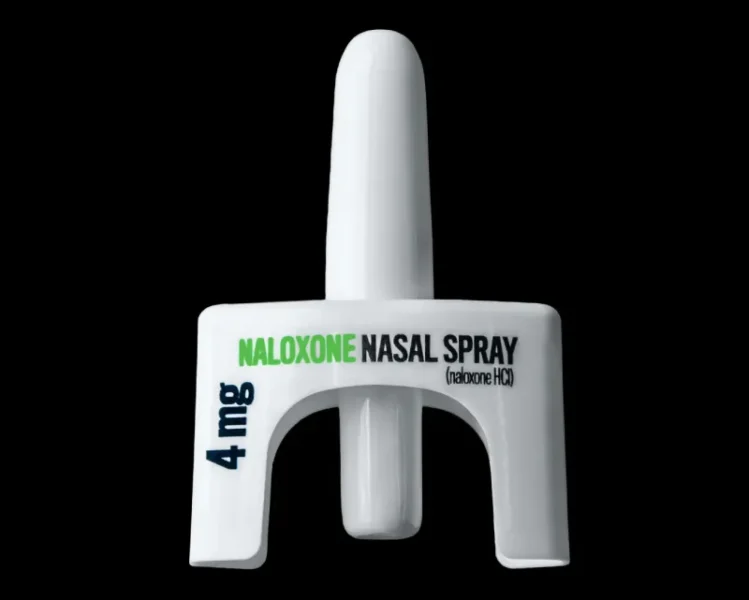Researchers have discovered a way to supercharge naloxone, the life-saving medication used to reverse opioid overdoses. A study published today in Nature reveals that a newly identified compound dramatically enhances naloxone’s potency and duration, potentially revolutionizing overdose treatment amid the ongoing opioid crisis.
As synthetic opioids become increasingly potent, first responders often struggle to revive overdose victims with standard naloxone doses. This groundbreaking research, conducted by teams from Washington University School of Medicine, Stanford University, and the University of Florida, offers hope for more effective interventions.
A Molecular “Supercharger” for Naloxone
The researchers screened 4.5 billion molecules to find compounds that could enhance naloxone’s effectiveness. They identified a promising candidate, dubbed “compound 368,” which acts as a negative allosteric modulator (NAM) of the opioid receptor.
Dr. Susruta Majumdar, a professor of anesthesiology at Washington University and co-senior author of the study, explained: “Naloxone is a lifesaver, but it’s not a miracle drug; it has limitations. Many people who overdose on opioids need more than one dose of naloxone before they are out of danger. This study is a proof of concept that we can make naloxone work better — last longer and be more potent — by giving it in combination with a molecule that influences the responses of the opioid receptor.”
In laboratory tests, compound 368 increased naloxone’s effectiveness by 7.6 times and helped it remain active in the opioid receptor’s binding pocket for at least 10 times longer. Even more promising, the combination reversed the effects of fentanyl and morphine in mice at just one-tenth the usual naloxone dose.
Reducing Withdrawal Symptoms, Enhancing Recovery
A significant concern with naloxone treatment is the severe withdrawal symptoms that often follow. Remarkably, the addition of compound 368 did not worsen these symptoms in mice, despite its potency-boosting effects.
Dr. Jay P. McLaughlin, a professor at the University of Florida and co-senior author, highlighted the potential impact: “We have a long way to go, but these results are really exciting. Opioid withdrawal likely won’t kill you, but they’re so severe that users often resume taking opioids within a day or two to stop the symptoms. The idea that we can rescue patients from overdose with reduced withdrawal might just help a lot of people.”
While this research represents a significant breakthrough, the path to a marketable drug remains long. Dr. Majumdar estimates it could take 10 to 15 years before a naloxone-enhancing NAM becomes available.
“Developing a new drug is a very long process, and in the meantime new synthetic opioids are just going to keep on coming and getting more and more potent, which means more and more deadly,” Majumdar said. “Our hope is that by developing a NAM, we can preserve naloxone’s power to serve as an antidote, no matter what kind of opioids emerge in the future.”
As the opioid epidemic continues to claim lives, this research offers a glimmer of hope. By enhancing the effectiveness of existing overdose treatments, scientists may be able to save more lives and provide better support for those struggling with addiction.


